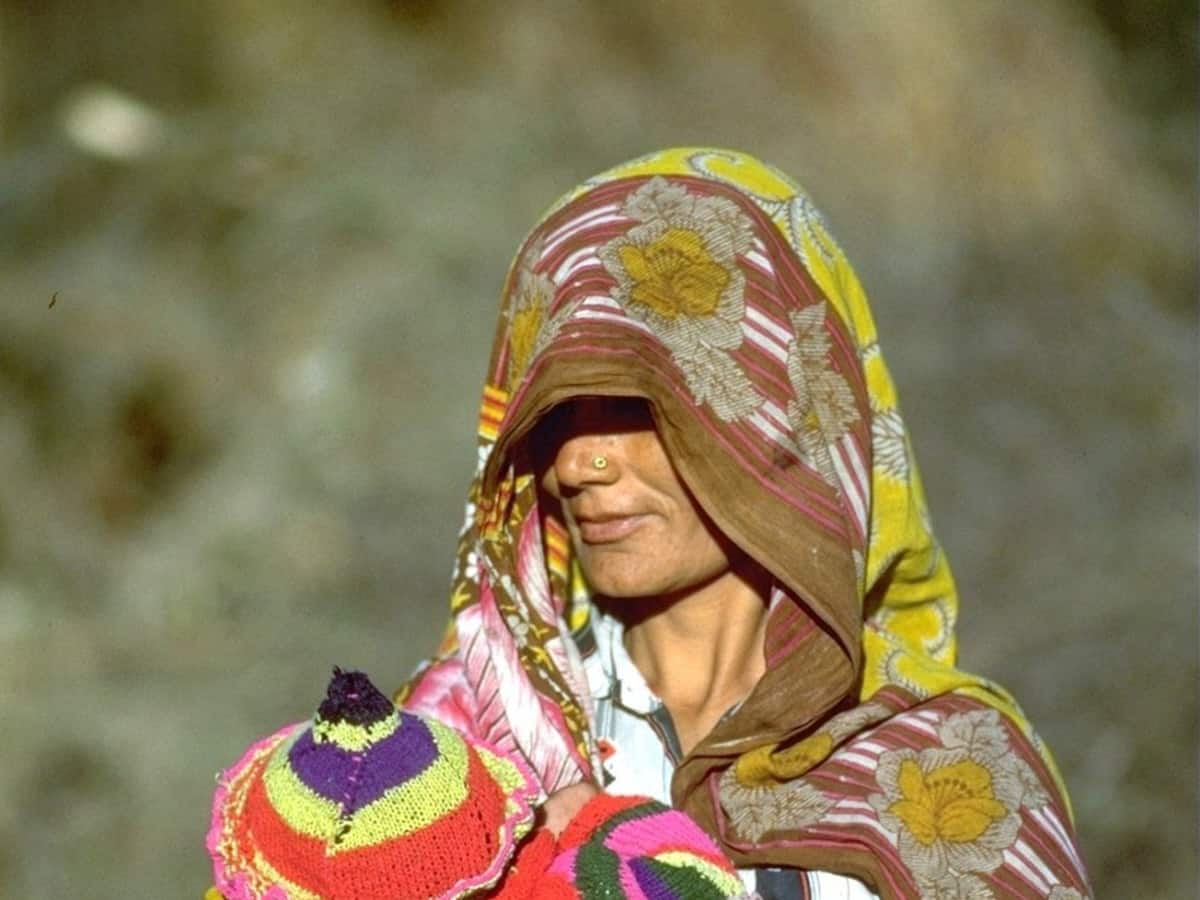

By Lt. Gauri Shankar Antarvedi, Rtd
If we go back to the history of India, for thousands of years, girls and women were going to schools and institutions wearing ghoonghat, flowers in their hairs, putting up bindi or sindhoor or thilak over their forehead.
In order to confirm it, one can check the paintings of Ravi Varma and epics. They used to wear ghoonghat due to various reasons including pardah from men, protection from the sun, fashion, and identity.
Recently, some leaders compared hijab with triple talaq. However, they are different as in the case of triple talaq, many women were in favour of its removal whereas, hijab is willfully worn by lakhs of girls and women.
Even when the issue is seen through a constitutional prism, wearing hijab falls under the articles 14 and 25 of the Indian constitution.
Analysis of different faiths in India reveals that even Sikh go to educational institutions with turbans, Swami Ayyappa Deeksha young boys and men attend classes wearing a black color dress for 3 months. Many Hindu men and women go to educational institutions after putting pooja thilak or bottu or kumkum. Some women even wear flowers on their ears.
Indian military allows officers to keep the beard or long mustache or shave head etc as an acceptable aberration. It cannot be seen as break-in uniformity. This means all great rules and laws have exceptions.
Hope political and social leaders will understand it. Hope the schools and colleges start focusing on educating girls and women instead of depriving them of education using some frivolous or unexplainable rules or restrictions.
Lt. Gauri Shankar Antarvedi, Rtd, BE. MBA, LLB.

